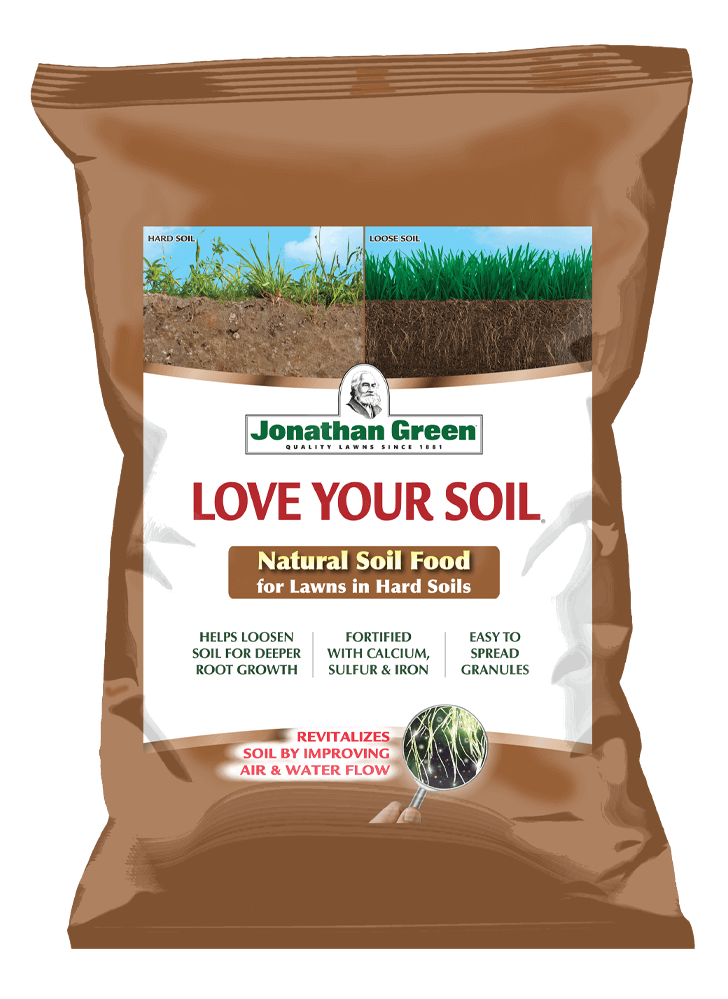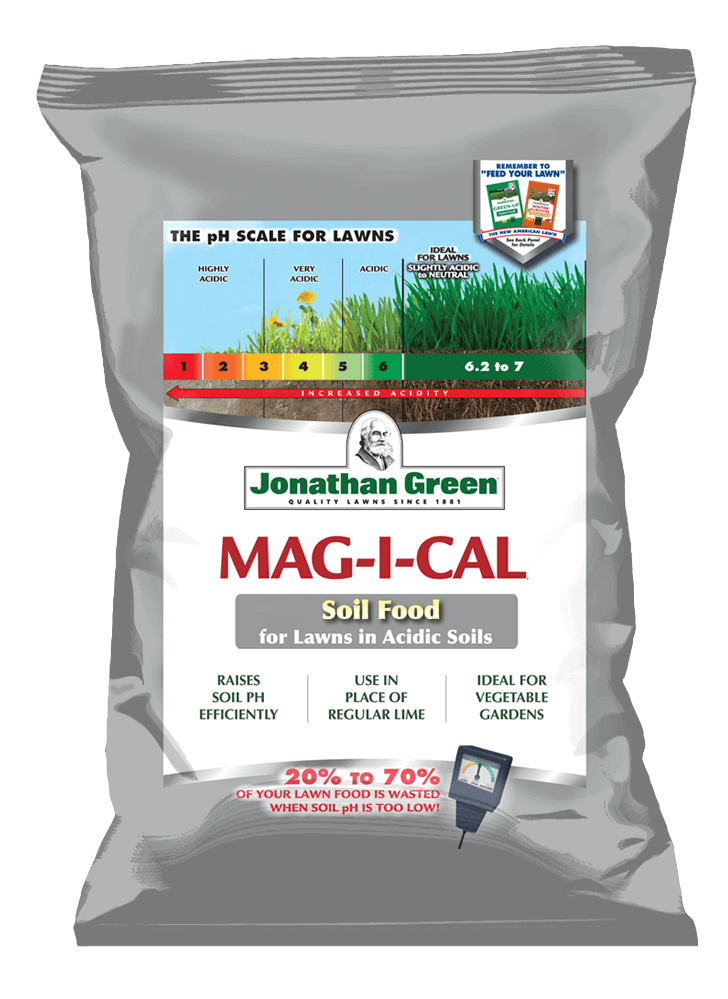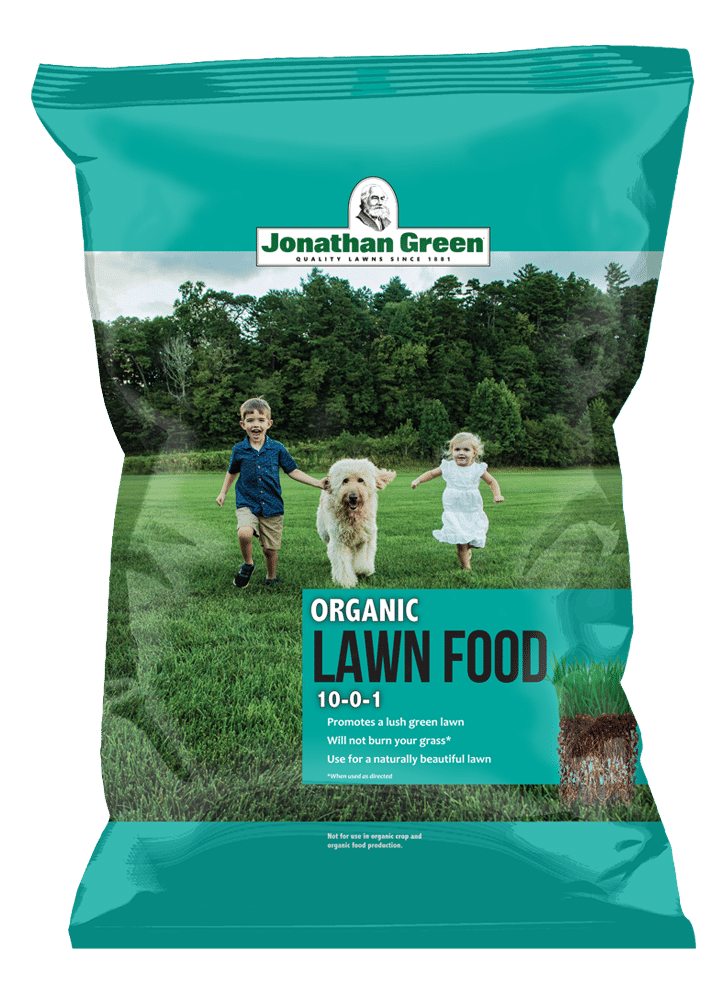Why am I Buying Topsoil?
Why am I buying topsoil? You will often see recommendations on various websites and in gardening books that you should have at least four to six inches of topsoil in order to grow an attractive lawn. If this is the way that we are planning to grow our lawns, we must plan to move an enormous quantity of topsoil at a very considerable expense.
This is not necessary if your yard has at least two inches of loose (not compacted) soil to begin with! Once the site of your lawn has been leveled (graded) and large rocks and debris removed, you are ready to start the process of growing a lawn. Basically, this is because lawn grass, if given a fighting chance to establish, will make its’ own topsoil. This is how topsoil is made in the first place. Under trees, in a forest, you will find very little topsoil. Under a native prairie, you may find ten feet of topsoil.
How to Improve the Soil under Your Lawn
Once the lawn is established, it would seem to be an impossible task to accomplish. However, this is not so. The first point that you should understand is that lawn grass makes its’ own “topsoil” over time. This happens because grass roots penetrate into the soil deeper and deeper each year. Late in the year, the plant reduces its’ root system leaving enormous numbers of tiny tubes throughout the soil profile. The organic root material that is left in these tubes is converted into humus by the microbiology of the soil. Earthworm activity will also increase because of the increase in organic matter in the soil. Earthworms ingest humus along with fine mineral particles enriching them and adjusting the pH of the excreted material.
This process occurs in all types of soils whether they are composed predominantly of sand, silt, or clays, or, as is more likely, varying combinations of the three basic rock materials. Soils composed predominantly of clays are dense and compacted and have poor internal drainage. They will stay “soggy” in the spring and then turn almost rock-hard when dry in the summer. When the soil is this compacted, the necessary air and water have difficulty moving through the soil. Grass roots will also have difficulty penetrating compacted clay soils. The usual solution to improving the texture of soils, whether they are composed predominantly of clays or sand and silt material, which does not hold moisture well, is to top dress with some form of organic material, either peat moss, compost or soil with higher organic content. This is usually done by core aerating the lawn and then working the organic material into the holes that have been created. This procedure will help to improve water and air filtration into the upper surface of the soil. This helps to increase the biological activity in the soil, making it more alive and porous.
However, it is not a long-term solution to the problem of improving your lawn soil, once the lawn is established. Consider, if you could increase the amount of air and water penetrating more deeply, all the time, into your lawn soil profile and also greatly encourage the beneficial soil-building microbes, which do the “heavy lifting” of completing the nutrient cycle in the soil, by applying a granular product with your lawn spreader. This product exists. It is called Love Your Soil®. It is an all-natural and organic product that feeds soil microbes, helps loosen heavy, hard-packed soil, and releases trapped nutrients in the soil. Love Your Soil® makes your lawn more alive and porous allowing water, air, and grass roots to enter the soil more easily. Love Your Soil® will increase your lawns’ resistance to drought and heat stress. Love Your Soil® contains humic and fulvic acids, calcium, sulfur, iron, and molasses.
Jonathan Green has developed another product that is essential to improving your lawn soil; it is called Mag-I-Cal® for Lawns in Acidic Soil. Mag-I-Cal is a highly soluble form of calcium that is readily available for grass plant uptake and pH adjustment. Improperly balanced soil pH is a basic problem affecting the grass plants’ ability to utilize nutrients from the soil. It is also associated with weed proliferation and the occurrence of moss in the lawn. Proper pH will also reduce stress on the grass plants, while improving soil texture and boosting the lawn’s green color.
Finally, using Jonathan Green’s Organic Lawn Food will feed the soil microbes, which are responsible for the recycling of organic matter in the soil and also releasing mineral nutrients into the soil water solution.
Mentioned Products
Consult our Free Lawn Care Guide for additional information concerning soils and lawn care.


